
Life Recovery
Relieves Overused Tired & Aching musclesAssists in recovery from injuries and illness • Diminishes chronic pain.

Reduces Stress
Supports Relaxation & Balances Metabolism
Promotes restful sleep while harmonizing heart rate & blood pressure.

Detoxes
Strengthens the Immune System
Enhances skin tone while calming nervous system & boost energy levels

Improves Focus
Healthy Body = Healthy Mind
Increases flexibility, muscular elasticity, range of motion

Sports Massage
IS part of training.
Get More Than A Massage
It's Recovery, flexibility & healing. Your body is “worked” from repetitive and often aggressive movements..
First Defense: Stretching & Strength Training
And it is very important to maintain sports massage twice a month while you are training and off training.
Sports Maintenance Massage
The importance of sports maintenance massage is to increase circulation of blood and lymph, recovery and carry away waste products or metabolites, promote cell nutrition, reduce edema and expedite healing of damaged tissues. They calm the nervous system and restore range of motion (ROM)..
what clients say…
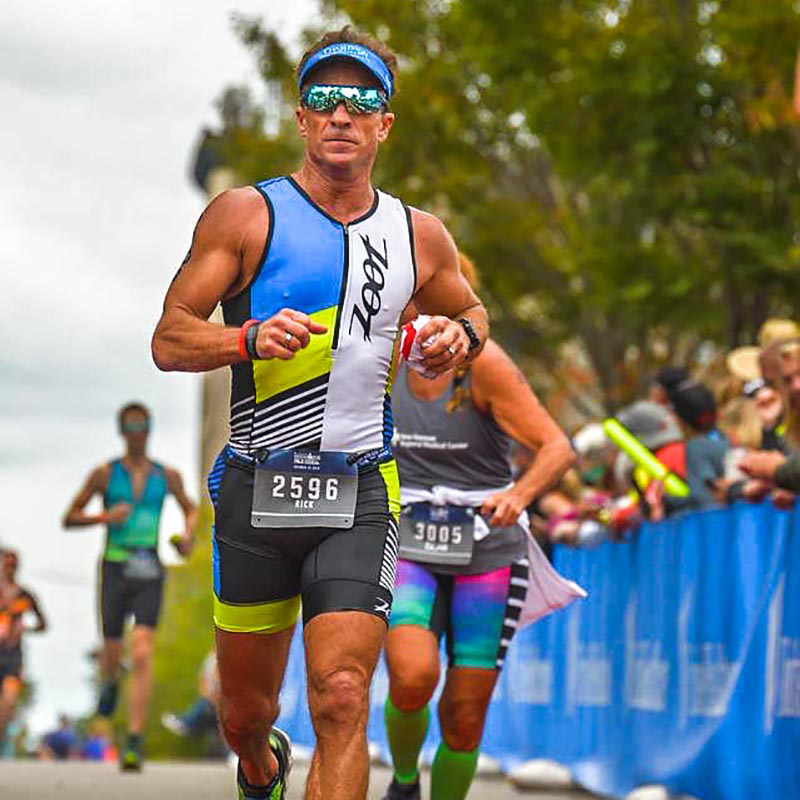


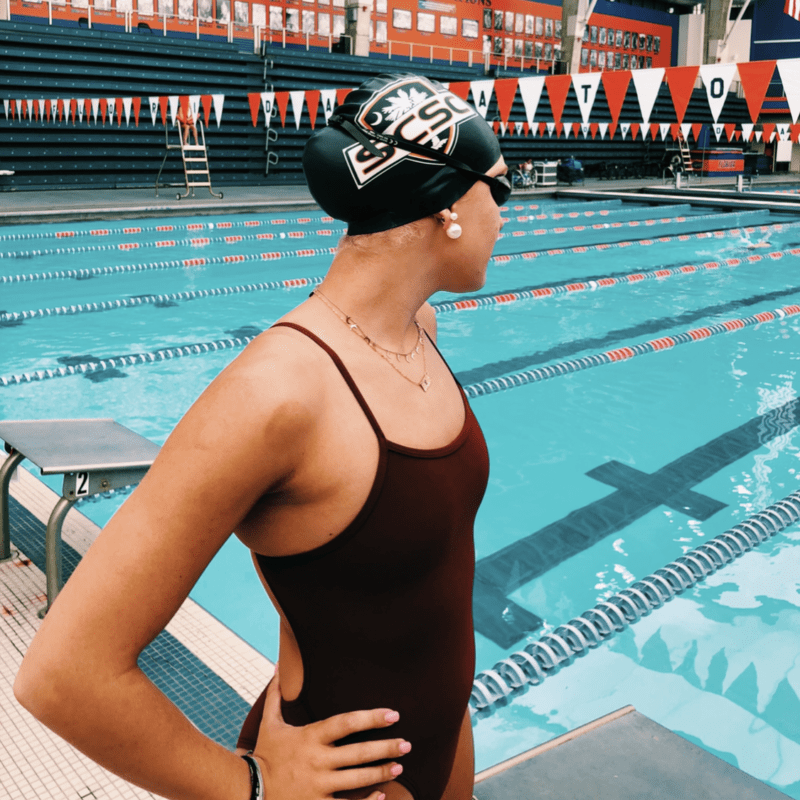
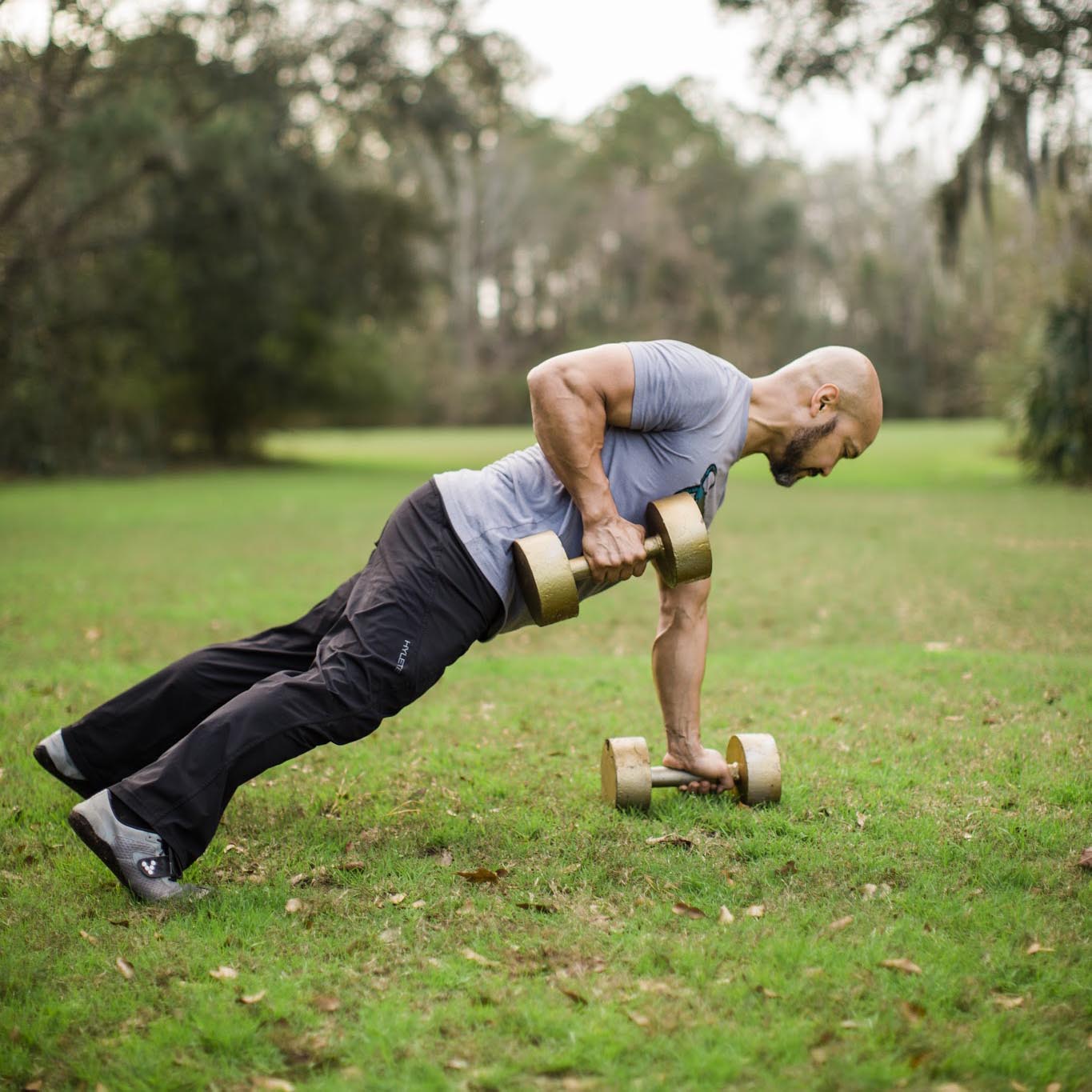
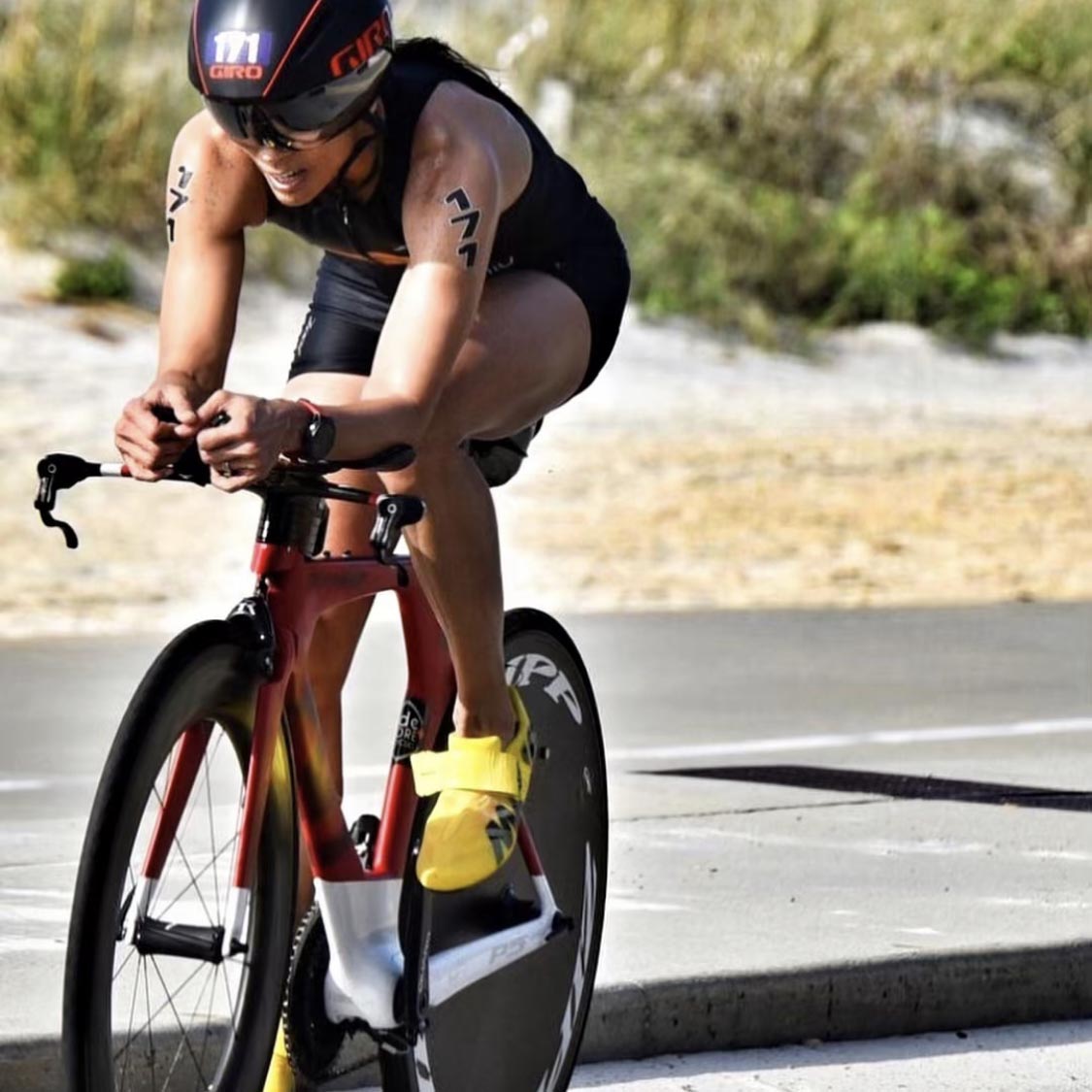


About Sports Massage
Ever wonder what the “knot” or “crunchy” is on your shoulder? Plus, it’s the size of a quarter or golf ball!
When a muscle becomes injured or overused, the fascia between the skin and muscle forms adhesions or trigger points, preventing the muscle from working well.
Fascia is a sheet of connective tissue made of collagen, which stabilizes the muscle and other internal structures. Fascia is everywhere in the body, including organs, muscles, nerves, and blood vessels, and the fascia layer lies between the skin and muscle.
A healthy muscle slides and moves without restrictions, but when a muscle is injured or overused, fibroblasts form in your collagen. The fascia becomes extra dense and creates fascia adhesions. The overproduction of fascia adhesions can affect your mobility in muscles and joints.
Myofascial is fascia that covers the muscles. Myofascial release breaks up the fibrosis that occurs in the fascia, eliminates pain, and restores motion to the tissue.
Myofascial release is a soft tissue therapy for treating skeletal muscles with compression, tension, and movement.
Myofascial release is important in sports massage because the trigger points compromise the tissue structure, causing strain on the tissues that must compensate for its weakness. You experience less range of motion in the joints, premature fatigue, chronic pain and injury, and less efficient motor skill performance. This isn’t good for an athlete!
I cannot stress the importance of maintenance sports massage. If you’re an athlete, a sports massage 2-3 times a month helps break down adhesions, improves flexibility and range of motion, prevents injuries, and promotes injury recovery.
Nancy Montgomery LMT, CSMT
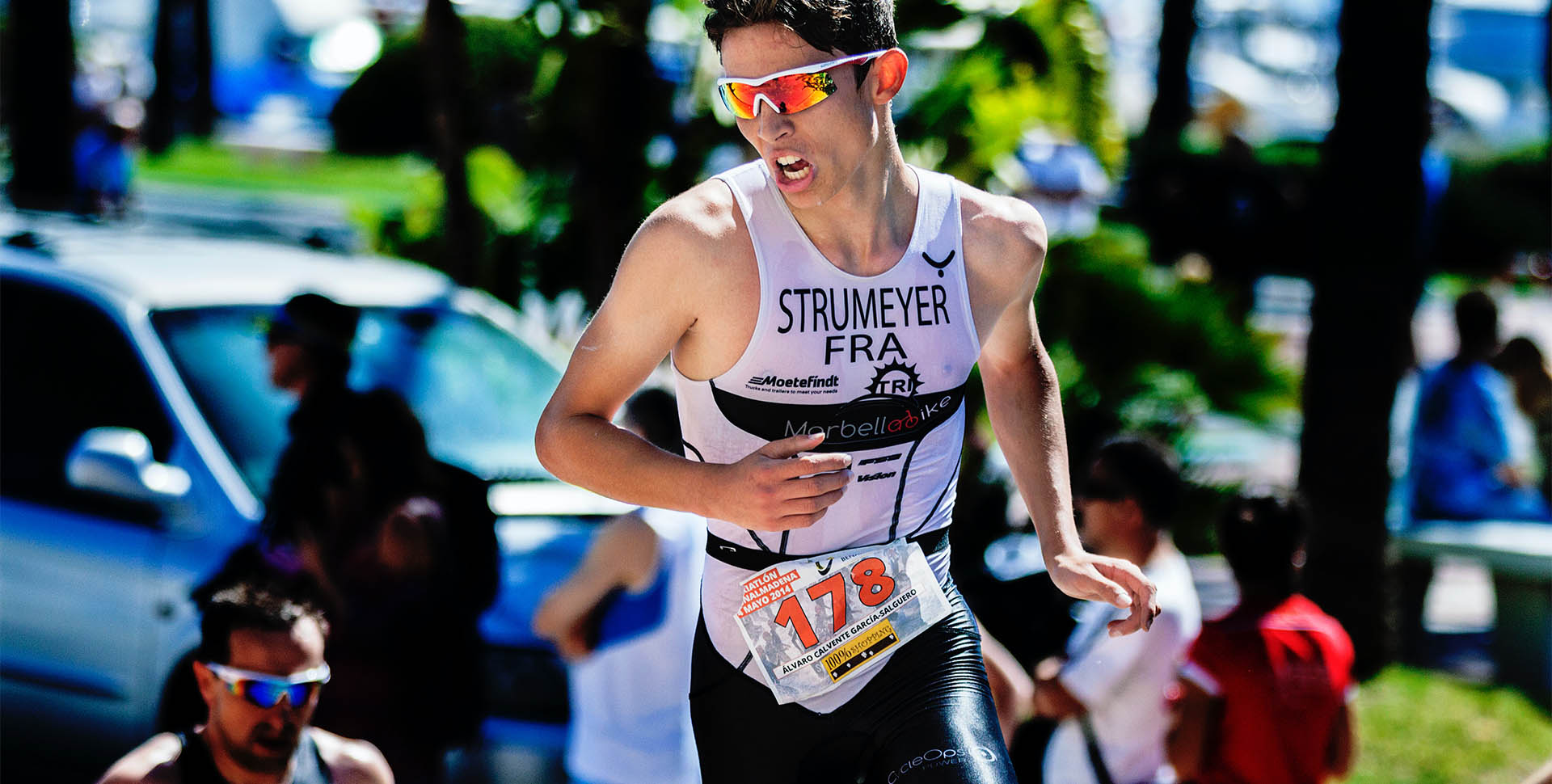
CONTACT US
Nancy Montgomery, LMT, CSMT
License # 9457
Owner / Certified Sports Massage Therapist / Certified Cupping Specialist
1403 Ashley River Rd Charleston, SC 29407 Located Inside Motion Dynamics Chiropractic (next to Allstate)
1-(843) 906-9575
www.charlestonsportsmassage.com




